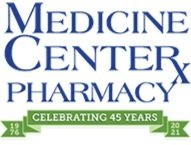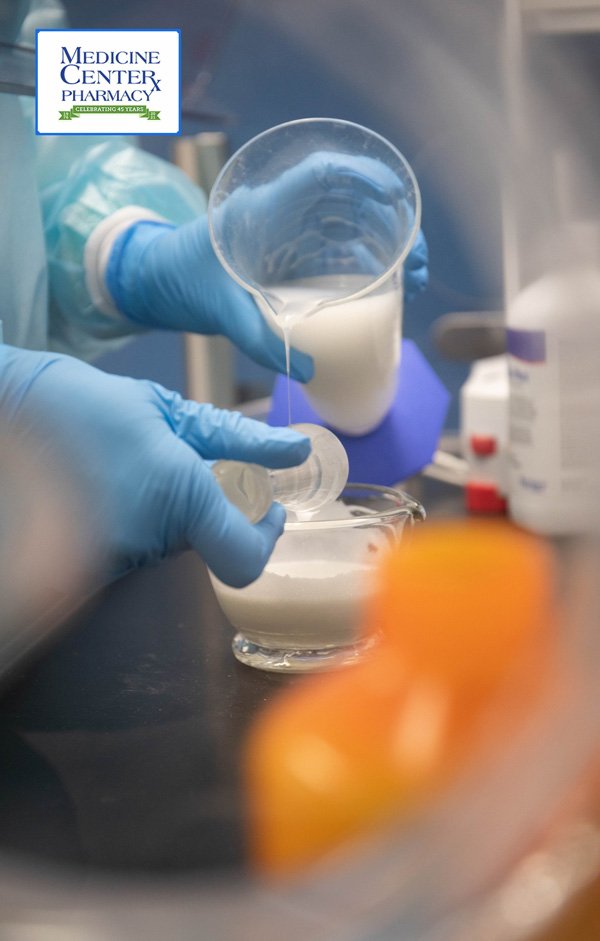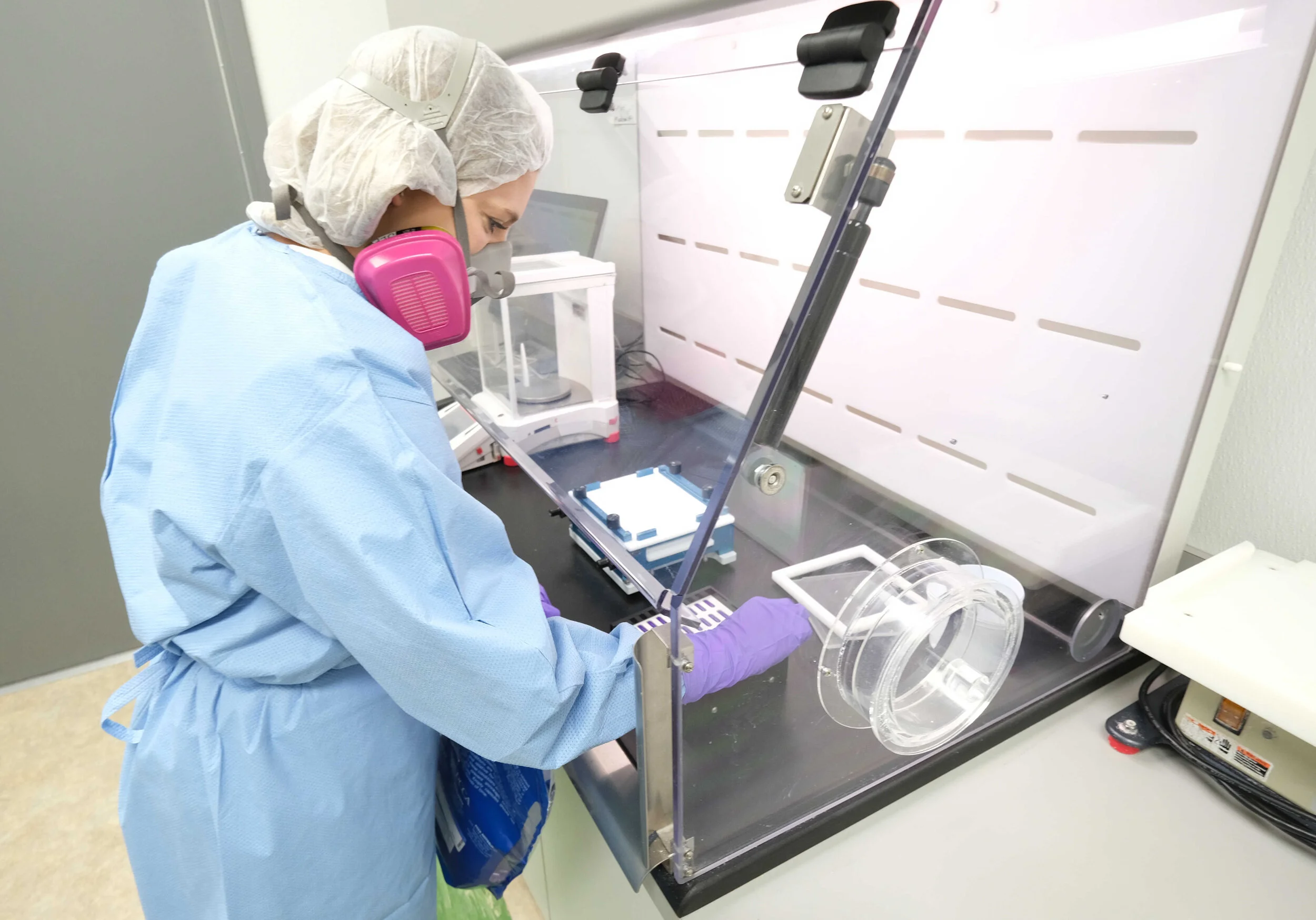Low Dose Naltrexone applications in Crohn’s Disease
Naltrexone is commonly known as an opiate antagonist. This means this drug competes for the same receptors in the body as opioids, like oxycodone or morphine. In doing this, naltrexone makes it so opioid drugs do not work like they normally would. Basically, it reverses their effects and eliminates the feelings of well-being . It is very useful in accidental or intentional overdose and short or long term toxicity. However, these effects are only seen at the higher doses of Naltrexone. High doses include anything 50 mg or higher. At lower doses, Naltrexone has many different effects. Low Dose Naltrexone (LDN) is usually 1 to 5 mg, but can vary slightly. It still keeps its opioid blocking effects, but for a temporary effect. It’s main effect is working on the immune system. This gives LDN the capability to work in a lot of different areas including autoimmune diseases like rheumatoid arthritis, multiple sclerosis, inflammatory bowel disease, and so much more.
Chemical Structure of Naltrexone
There are two different main types of inflammatory bowel disease; ulcerative colitis and crohn’s disease (as pictured below). Crohn’s disease is complex and mysterious because the cause of it is unknown. It’s thought that many things contribute such as environmental, genetic, infectious, immune, and non-immune factors. What we do know is that it has a distinct characteristic of life-long inflammation that comes and goes most commonly in the colon and last parts of the small intestine. Crohn’s disease is not limited to these areas, it may affect the whole digestive tract in one area or many areas at once. Crohn’s disease is most commonly diagnosed in young adults, before age thirty. Common complications can include extensive bowel wall injury, fistulas, narrowed intestinal lumen, small bowel strictures, and nutritional deficiencies. Some common treatments are medicines, bowel rest, and sometimes surgery. No one treatment regimen will work for everyone with crohn’s disease, but the goal is to decrease the inflammation in the intestines, to prevent flare-ups of symptoms, and to keep the disease in remission.
For Crohn’s specifically, the mechanism of LDN ties into the distinct life-long inflammation that comes and goes in the gastrointestinal tract. Toll-like receptors (TLR) are a class of proteins in the body that play a key role when dealing with the immune system. Overactivation of TLRs has been linked to various infectious and inflammatory diseases. LDN has been shown to reduce inflammatory response by controlling these TLRs and their signalling. In addition, LDN increases endogenous endorphin signaling through the whole body by short term opioid-receptor blockade. In other words, endogenous (internal) opioid signalling can mimic the effects of opioids because endorphins can cause an analgesic effect. Further, this can promote healing, inhibit cell growth, and reduce inflammation. LDN may even stimulate the body’s own production of endorphins, even after the LDN is no longer in the system. A recommended dosing pattern for LDN in crohn’s disease starts at 1.5 mg per week and can be increased by 1.5 mg per week up to 4.5 mg until symptoms have been reduced.
LDN is unique in the sense that it is not made by a manufacturer like other traditional prescriptions. It is only made in compounding pharmacies, making the dosage and formulation type unique to each prescription. LDN can be compounded into come in liquid, capsules, sublingual drops, cream or tablets. A LDN prescription will require working with both a physician and pharmacist. In almost every recorded trial where LDN is used for the treatment or improvement of crohn’s symptoms, there was a positive effect on the outcome. It has shown to improve crohn’s disease activity index, remission after failing multiple standard regimens, clinical improvement, and reduction in use of anti-inflammatory medications. It is also important to note that the improvement of these outcomes does not come at a price.
LDN very rarely has been associated with side effects during trials and has been well tolerated. Some of the most common side effects reported with its use in trials for inflammatory bowel disease were vivid dreams, drowsiness or insomnia, and headache. These side effects do not affect the effectiveness of LDN. The LDN Research Trust states that in inflammatory bowel disease,
LDN is expected to be successful 78 - 84% of the time according to patient’s reports. The first time LDN was used for inflammatory bowel disease in clinical trials was published in 2007. This refers to a study that used compounded 4.5 mg capsules of LDN daily for three months in addition to their regular medications. LDN was used to determine if it’s use helped enrolled patient’s symptoms related to crohn’s disease. To assess LDN’s effect on disease activity, patients recorded their symptoms in a Crohn’s symptom diary recording things like frequency of diarrhea, abdominal pain, and general well-being. This was used to calculate a Crohn’s disease activity index (CDAI). The index scores can range from 0 to about 600. A CDAI of less than 150 is a marker of remission of Crohn’s disease and a score of greater than 450 is a marker of severe Crohn's disease. Their study results indicated that out of the seventeen patients enrolled, 89% of the patients had a response to the LDN and 67% achieved remission according to their CDAI score.
More recently, in 2018 another study evaluated LDN in patients both not in remission and not responding to the usual therapy for treatment of inflammatory bowel disease. Including more patients than ever before, this study’s goal was to assess LDN’s effects for inflammatory bowel disease treatment of actual patients rather than theoretically or in the lab. Forty-seven patients with inflammatory bowel disease used 4.5 mg of LDN daily for 12 weeks. Clinical improvement was measured by patient self-assessments and outpatient assessments. Of the enrolled patients, 74.5% achieved a clinical response overall. Of those patients who achieved a clinical response, 25.5% of patients had a response of at least 3 months whereas the rest were seen between four and twelve weeks. The biggest difference between this study and the previous study mentioned is this study takes into account both ulcerative colitis and crohn’s disease. However, the results did not show any significant differences between the two types of inflammatory bowel disease. Overall, all studies have shown LDN in crohn’s disease to help in either remission of symptoms or clinical improvement in a well tolerated manner. More and bigger studies are needed to prove it’s place in practice, but it continues to show benefits as a safe add on treatment for the complicated gastrointestinal disease known as crohn’s disease.
The Medicine Center Pharmacy in New Philadelphia specializes in custom compounded medications in custom dosage forms. The pharmacists are trained experts in low dose naltrexone therapy. LDN therapies can be customized across 23 different dosage forms for 15 different disease state protocols. If you would like to learn more about low dose naltrexone or would like to schedule a phone call or video conference please contact us.
Key Articles
★ LDN Rx Consultants (July 2019). Inflammatory bowel disease (IBD) [PDF
file]. Retrieved from: ldnrx.com.
★ Lie MRKL, Giessen JV, Fuhler GM, et al. Low dose Naltrexone for induction
of remission in inflammatory bowel disease patients. J Transl Med
2018;16(55):1-11.
★ Pradeep Chopra (2014). Mechanism of action of low dose naltrexone (ldn)
[PowerPoint slides]. Pain Management Center, RI. Retrieved from:
https://www.ldnresearchtrust.org/sites/default/files/LDN_Mechanism_Of_
Action_Pradeep_Chopra_MD.pdf .
★ Revia® (naltrexone hydrochloride tablets USP) [package insert]. Pomona,
NY: Duramed Pharmaceuticals, Inc.; issued Oct 2013.
★ Smith JP, Stock H, Bingaman S, et al. Low dose naltrexone therapy
improves active crohn’s disease pilot study. Am J Gastroenterol
2007;102:820-28.
★ Toljan K and Vrooman B. Low-dose naltrexone (ldn)-review of therapeutic
utilization. Med Sci 2018;6(82):1-18.











Compounding pharmacist Brad White was recently featured on the Made to Be Whole podcast, diving deep into the power of Low Dose Naltrexone (LDN) and the essential role of compounding pharmacies in personalized healthcare.